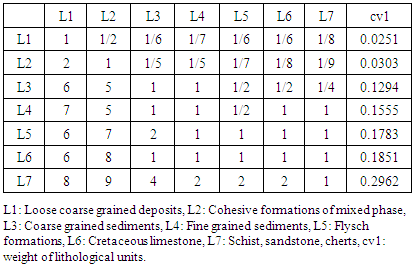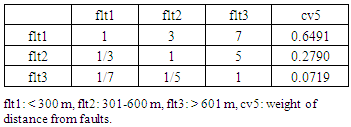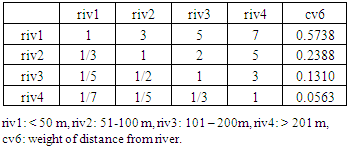| [1] | Carrara, A., Guzzetti, F., Cardinali, M., Reichenbach, P., 1999. Use of GIS Technology in the Prediction and Monitoring of Landslide Hazard. Natural Hazards, vol. 20 (2-3), pp. 117-135. |
| [2] | Aleotti. P., Chowdhury, R., 1999. Landslide hazard assessment: Summary review and new perspectives. Bulletin of Engineering Geology and the Environment, 58(1), 21-44. |
| [3] | Guzzetti, F., Carrara, A., Cardinali, M., Reichenbach, P., 1999. Landslide hazard evaluation: a review of current techniques and their application in a multi-scale study, Central Italy. Geomorphology, 31, 181–216. |
| [4] | Dai, FC., Lee, CF., Ngai, YY., 2002. Landslide risk assessment and management: an overview. Engineering Geology, 64(1): 65–87. |
| [5] | Glade, T., Anderson, M., and Crozier, M.J., 2005. Landslide Hazard and Risk. John Wiley & Sons, Ltd., Chichester, England, 802pp. |
| [6] | van Westen, C., 1997. Statistical landslide hazard analysis. ILWIS 2.1 for windows application guide. Enshede, The Netherlands, ITC Publication N. 15: 73-84. |
| [7] | Ayalew, L., Yamagishi, H., 2005. The application of GIS-based logistic regression for landslide susceptibility mapping in the Kakuda-Yahiko Mountains, Central Japan. Geomorphology, 65: 15–31. |
| [8] | Park, N.W., Chi, K.H., and Kwon, B.D., 2004. Application of fuzzy set theory for spatial prediction of landslide hazard. In Proceedings of the Symposium on Geoscience and Remote Sensing, vol. 5, pp. 2988–2990. |
| [9] | Komac, M., 2006. A landslide susceptibility model using the analytical hierarchy process method and multivariate statistics in penialpine Slovenia. Geomorphology, 74(1–4), 17–28. |
| [10] | Castellanos Abella, E.A., 2008. Multi-scale Landslide Risk Assessment in Cuba. ITC dissertation 154 Thesis, Utrecht University, Utrecht, 273 pp. |
| [11] | Akgun, A., Dag, S., Bulut, F., 2008. Landslide susceptibility mapping for a landslide-prone area (Findikli, NE of Turkey) by likelihood frequency ratio and weighted linear combination models. Environ Geol 54(6):1127–1143 |
| [12] | Thanh, LN., De Smedt, F., 2012. Application of an analytical hierarchical process approach for landslide susceptibility mapping in A Luoi district, Thua Thien Hue Province, Vietnam. Environmental Earth Sciences. v66 i7. 1739-1752. |
| [13] | Saaty T.L., 1977. A scaling method for priorities in hierarchical structures. J Math Psychol, 15, 234–281. |
| [14] | Saaty, T.L., 2000. Fundamentals of Decision Making and Priority Theory with the Analytic Hierarchy Process. 2nd Edn., RWS Publications, Pittsburgh, USA |
| [15] | Malczewski, J., 1999. GIS and Multicriteria Decision Analysis. (John Wiley and Sons, New York, 1999). |
| [16] | Feizizadeh, B., Blaschke, T., 2013. GIS-multicriteria decision analysis for landslide susceptibility mapping: comparing three methods for the Urmia lake basin, Iran. Natural Hazards, 65(3): 2105-2128. |
| [17] | Can, T., Nefeslioglu, HA., Gokceoglu, C., Sonmez, H., Duman, TY., 2005. Susceptibility assessments of shallow earthflows triggered by heavy rainfall at three catchments by logistic regression analysis. Geomorphology, 72(1–4), 250–271. |
| [18] | Pradhan, B., Lee, S., 2010. Delineation of landslide hazard areas on Penang Island, Malaysia, by using frequency ratio, logistic regression, and artificial neural network models. Environmental Earth Sciences, 60, 1037–1054. |
| [19] | Brunn, JH., 1956. Contribution à l'étude géologique du Pinde septentrional et d'une partie de la Macédoine occidentale. Annales géol. pays hellén.,1re série, t. 7, 358 p., 20 pl. |
| [20] | Aubouin, J., 1959. Contribution a l’ etude geologique de la Grece septentrionale: les confins de l’ Epire et de la Thessalie. Ann. Geol. Pays Hellen. Vol. 10, p. 1-483. |
| [21] | IGME, 1971. Geological map of Greece, at a scale of 1:50,000, Nafpaktos sheet, Athens. |
| [22] | IGME, 1984. Geological map of Greece, at a scale of 1:50,000, Chalandritsa sheet, Athens. |
| [23] | Koukis, G., Rozos, D., 1982. Geotechnical conditions and landslide phenomena in Greek territory, in relation with geological structure and geotectonic evolution. Mineral Wealth 16:53–69, (in Greek, with summary in English). |
| [24] | Rozos, D., 1989. Engineering-geological conditions in the Achaia County. Geomechanical characteristics of the Plio-pleistocene sediments. PhD thesis, University of Patras, Patras, pp 453 (in Greek, with extensive summary in English). |
| [25] | Koukouvelas IK, Doutsos, T., 1997. The effects of active faults on the generation of landslides in NW Peloponnese, Greece.In: Proc of international symposium of IAEG in engineering geology and the environment, Balkema, Rotterdam, vol 1, pp 799–804. |
| [26] | Varnes, DJ., 1984. International association of engineering geology commission on landslides and other mass movements on slopes: landslide hazard zonation: a review of principles and practice. UNESCO, Paris 63 pp. |
| [27] | Pachauri, A.k., Pant, M., 1992. Landslide hazard mapping based on geological attributes. Engineering Geology, 32, 81–100. |
| [28] | Koukis, G., Ziourkas, C., 1991. Slope instability phenomena in Greece: a statistical analysis. Bulletin of the International Association of Engineering Geology 43(1): 47–60. |
| [29] | Koukis, G., Sabatakakis, N., Nikolaou, N., Loupasakis, C., 2005. Landslides hazard zonation in Greece. Proc of open symp. on landslides risk analysis and sustainable disaster management by International Consortium on Landslides, Washington USA, Chapter 37, pp 291-296. |
| [30] | Rozos, D., Pyrgiotis, L., Skias, S., Tsangaratos, P., 2008. An implementation of rock engineering system for ranking the instability potential of natural slopes in Greek territory: an application in Karditsa County. Landslides, 5(3), 261–270. |






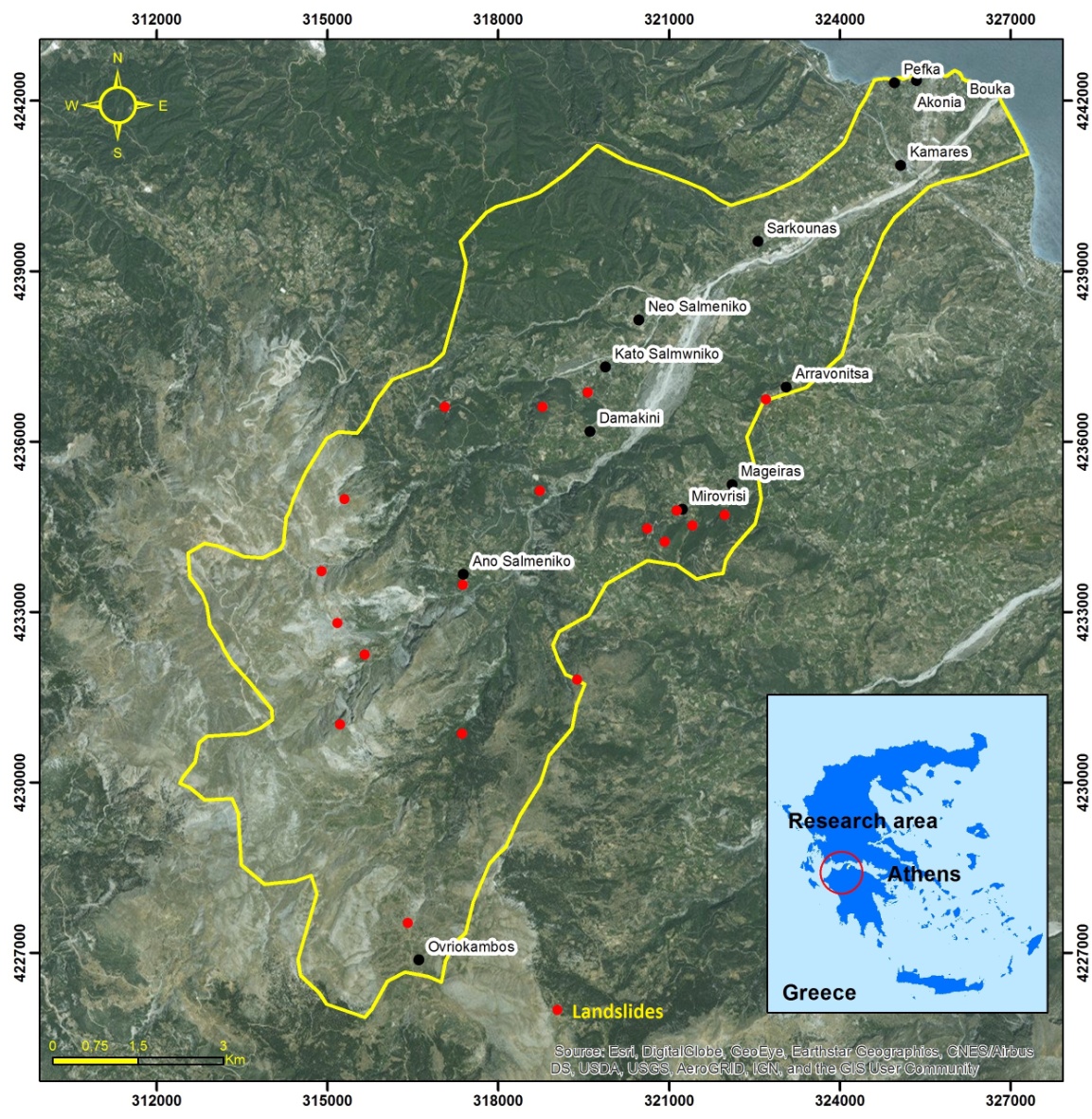




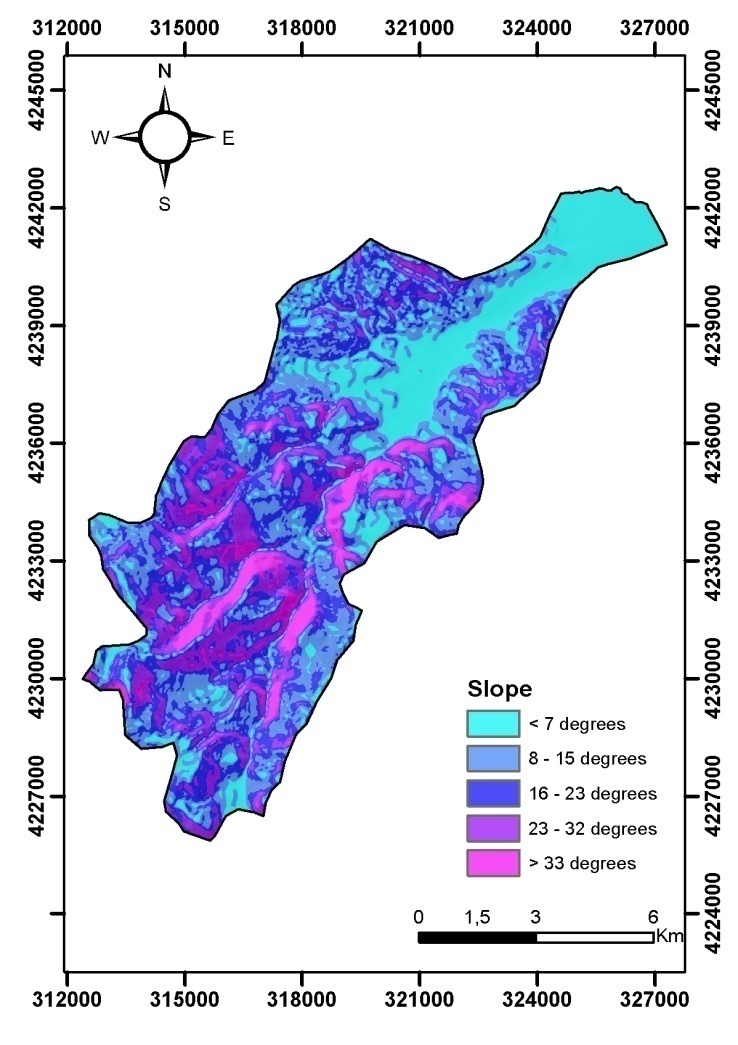
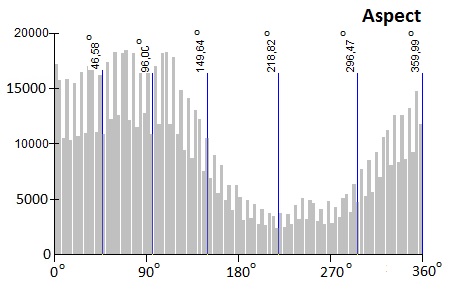
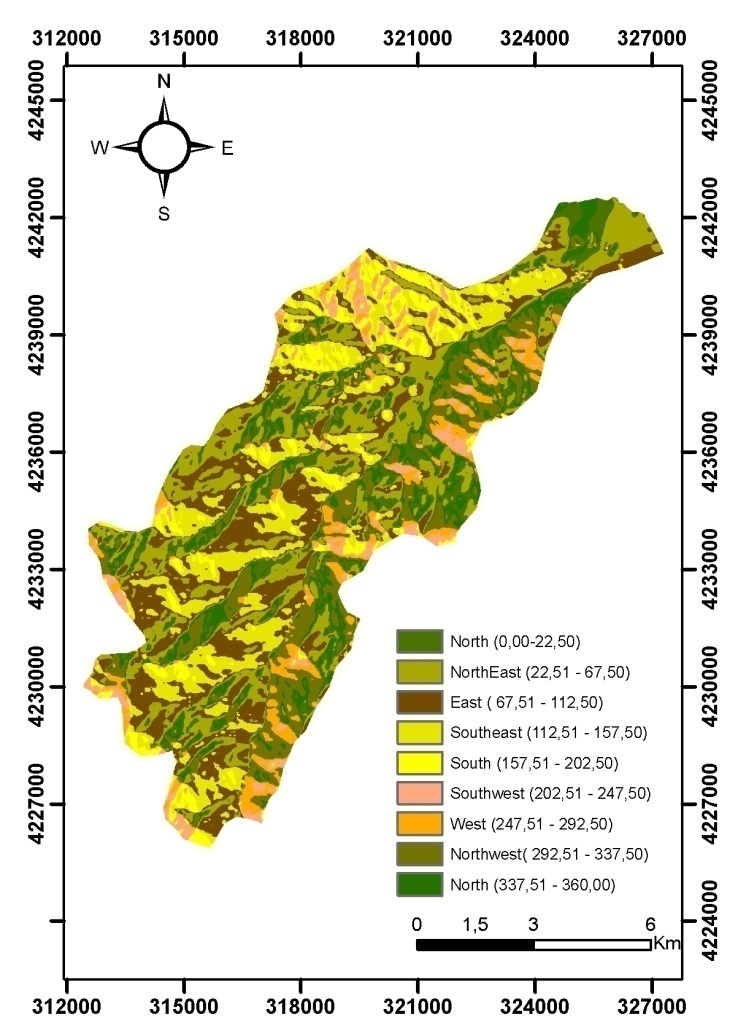


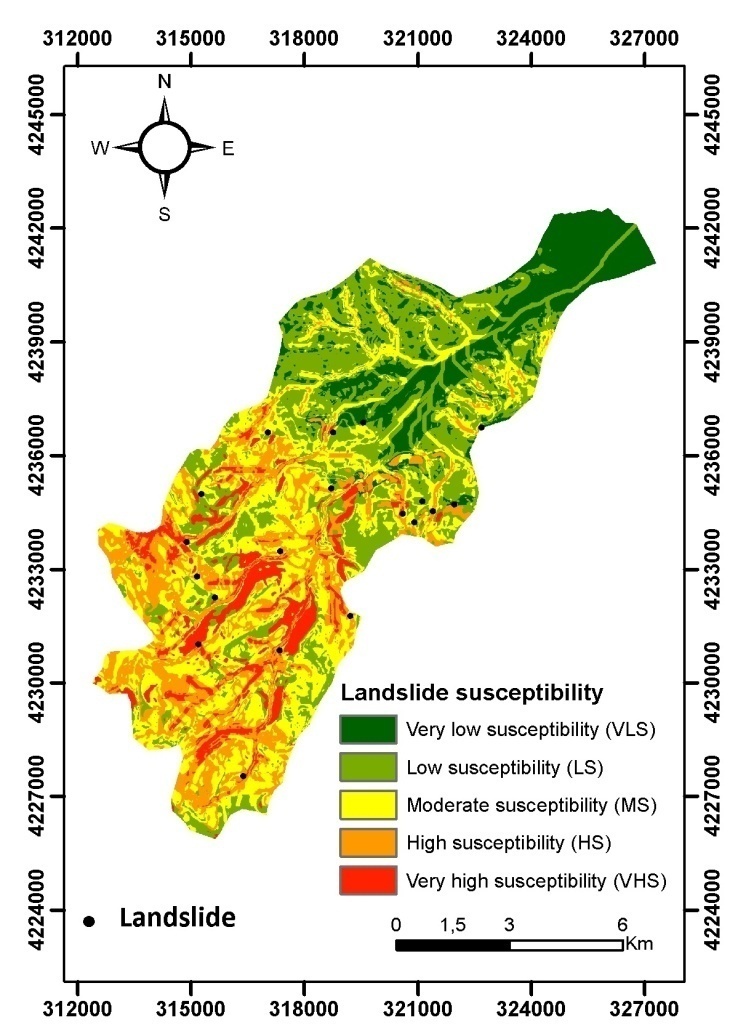

 Abstract
Abstract Reference
Reference Full-Text PDF
Full-Text PDF Full-text HTML
Full-text HTML

